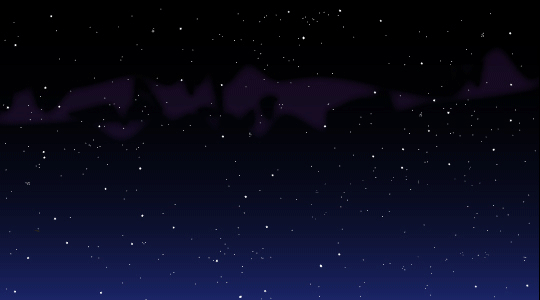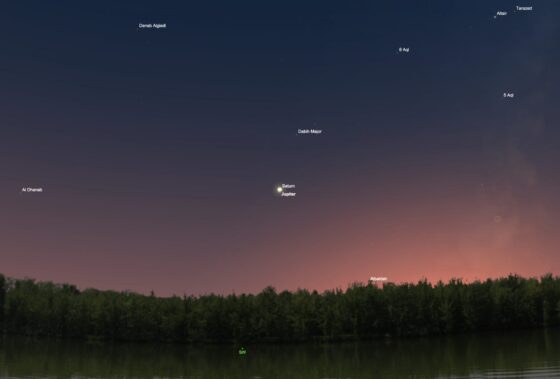
May is continuing to be a month to watch the night skies.
The Eta Aquarid Meteor shower from 1P/Halley that started in April is peaking May 4-6. Between 30 to 50 meteors per hour are expected in the pre-dawn hours. Although they are more visible in the southern hemisphere because their radiant is the southern constellation Aquarius, Time and Date suggests watching for them about 3 a.m. CDT.
Late in the month, May 30-31, watch for a somewhat more recently-known meteor shower, the Tau Herculids. EarthSky suggests it may be an exciting display this year.
Coming from the parent comet 73P/Schwassmann-Wachmann 3, (SW3), it was noticed by astronomers in 1930. Although not bright, it keeps breaking up and has a large amount of debris.
If the weather doesn’t co-operate or you miss either meteor shower and want to know when others are still coming in 2022 visit the Old Farmer’s Almanac Meteor Calendar. It has good-to-know dates and information.
(Meteor photo courtesy of NASA)




